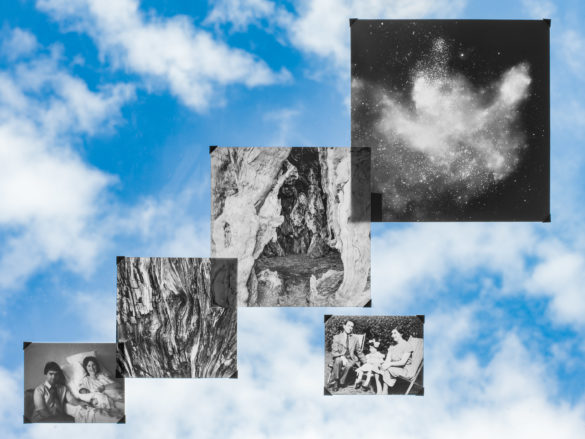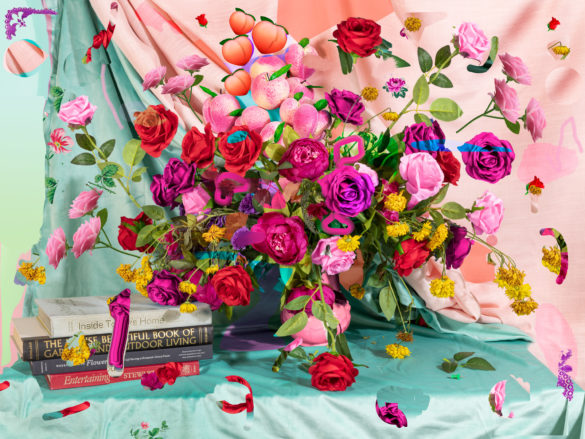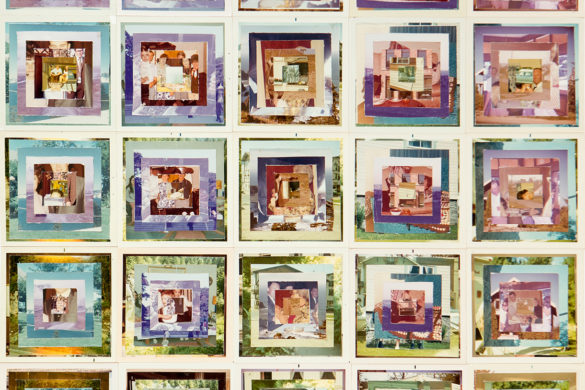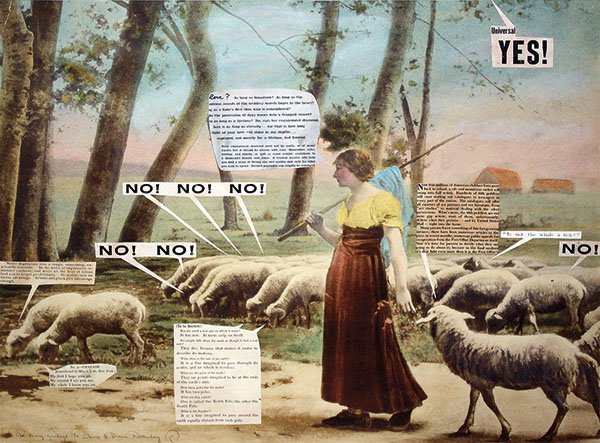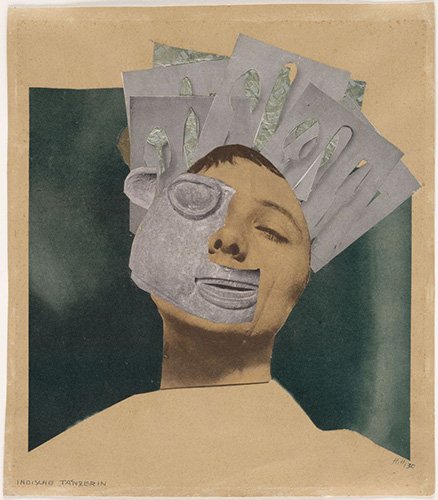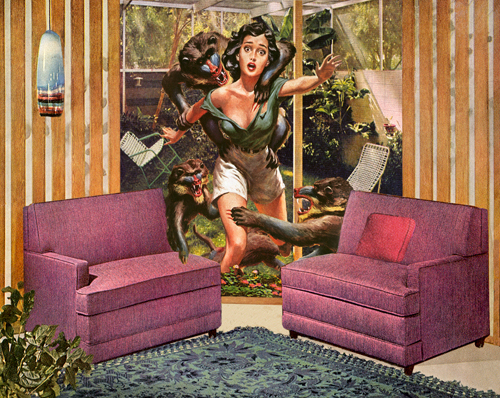Eternal Return presents a non-linear family narrative of bereavement, separation and reunification through dreamscapes and mythic archetypes. Composing black and white landscapes, still-lifes, personal family photos in a series of collages on a skylight windowpane to obscure the light of the Sun, the series seeks to question the obfuscating effect of photographs in the cyclical nature of mourning and the passing of memories from generation to generation.
collage
The constructed photographic works in this series, Dining Room Pictures, Interrupted, are a contemporary and feminist take on the traditional concept of the “dining room picture,” or early 20th century American still-life painting. I’m exploring what the still life genre reveals during a time when image inundation and simulacra are ubiquitous; in today’s age of late capitalism. I am also investigating spaces that historically make up social constructs for women, such as prettiness and politeness.
Joe Rudko’s work is anything but predictable, yet he calls upon familiar visual spaces in ways that offer a sense of stability. His capacity to find practical and emotional value in the process of art-making keeps him invested in finding novel ways to articulate his ideas.
Burgess Franklin Collins, born August 6, 1923, began his adult life showing a great deal of promise in the sciences. He majored in Chemistry at the California Institute of Technology, and in 1943 was drafted..
Hannah Hoch (born Anna Therese Johanne Hoch on November 1, 1899) remains a well-known member of the Berlin Dada movement, and was among the first prominent artists to work with photo-montage techniques. Hoch attended the College of Arts and Crafts in Berlin from 1912 to 1914, during the tense lead-up to the first World War.
“Working with this material is a bit like an archeological dig, a slow shift that mirrors my own waking up. It’s partly nostalgia, mixed with a twist of horror. I want to trace that shift in how we were depicted, what messages were encoded…

